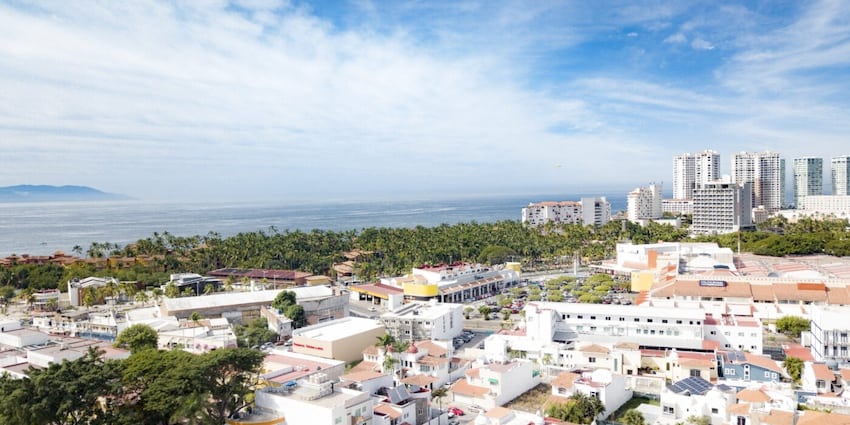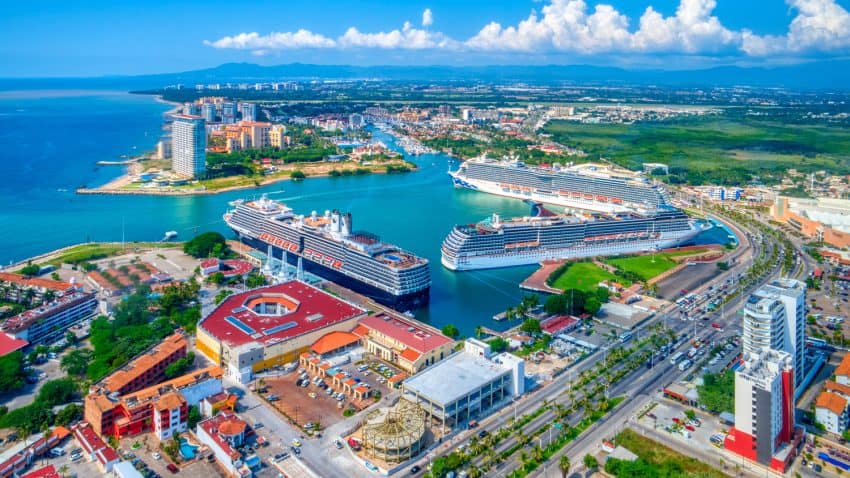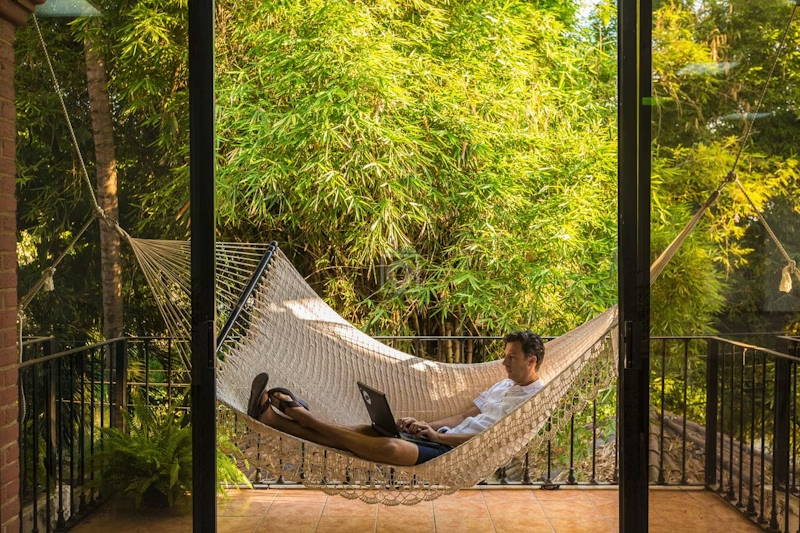When I first started coming to Puerto Vallarta more than a decade ago, the travel ‘map’ of the city was simple. Tourists stuck to the beachside trifecta: the Malecón, the Zona Romántica and the Marina. I was no different. I was drawn to the cobblestone streets of the Centro, the ocean views and the restaurants lining Los Muertos Beach. But over the years, as I returned again and again, and eventually moved here in 2024, I’ve watched Puerto Vallarta quietly, but profoundly, evolve.
Today, the city’s tourism geography has exploded far beyond the usual zones, thanks in part to shifting traveler preferences, new resident demographics and major infrastructure investments. From foodie-favorite neighborhoods to far-flung mountain villages, the “new” Puerto Vallarta is a sprawling, layered, international city.

The rise of new neighborhoods
It’s impossible not to notice the buzz around Versalles, a formerly sleepy residential neighborhood that has transformed into the city’s culinary darling. Think cozy bistros, gourmet bakeries, taco stops and even Tokyo-level sushi bars.
Nearby, 5 de Diciembre offers that same local slice of life with a side of sea views. Creeping up the hills just north of the Centro, the neighborhood has drawn in both visitors and full-time residents with its colorful streets, hidden taquerias and walkability.
“There’s definitely a growing interest among visitors to explore more than Marina Vallarta, Downtown and the Zona Romántica,” says Luis Villaseñor, Director of the Puerto Vallarta Tourism Board. “The trendy neighborhoods now include Versalles and 5 de Diciembre. These are places with strong culinary identities, walkable layouts and a sense of authentic Vallarta life.”
Villaseñor highlights other neighborhoods gaining traction including Fluvial Vallarta, with its wide boulevards and family-friendly cafes; Emiliano Zapata, the oldest neighborhood in town and home to classic markets and mezcal bars; and El Palmar de Aramara, an area poised to become a culinary destination in its own right, with its proximity to the cruise terminal and local market.
As someone who has lived in neighborhoods all over the city, I have wandered these “newer” neighborhoods for years and I can say the energy is different. They are less touristy and more lived-in, though their evolution is happening at a lightning pace.

Why the shift?
So what’s behind the migration away from the old guard of Vallarta neighborhoods?
“In recent years, the city has experienced an increase in housing and tourist apartment demand that has expanded to new neighborhoods,” said Villasenor. This trend skyrocketed during the pandemic and hasn’t slowed down.
Puerto Vallarta gets around 4 million tourists per year. Local government estimates that there are around 40,000 U.S. and Canadian citizens who now also call Puerto Vallarta home. According to Mexico Life Realty, over the past year, the housing market in Puerto Vallarta has seen a steady increase in the number of active listings, growing from 542 in April 2024 to 674 in March 2025.
As demand for longer stays and remote work setups surged, so too did the development of boutique condos, coliving spaces and Airbnb-ready units, especially in outlying areas. This demand has prompted a wave of infrastructure upgrades. Roads have been paved, sidewalks widened, bike lanes installed.
Roaming beyond the port

Puerto Vallarta’s evolution isn’t limited to urban neighborhoods. More travelers are trading beach loungers for boots and backpacks, seeking out off-the-grid experiences in the greater Banderas Bay and Sierra Madre regions.
Among the top draws is Yelapa, a boat-accessible fishing village with a bohemian soul. Think eco-retreats, cliffside yoga decks and no cars in sight. For those who crave even more solitude, Mayto offers raw beaches and some of the best stargazing in the state.
In the Sierra Madre highlands, the Pueblos Mágicos of Mascota and San Sebastián del Oeste offer cool mountain air, Spanish architecture and coffee farms worth the trek. Don’t skip Tehuamixtle, a coastal village famous for fresh oysters. If you’re lucky, you may be led to a palapa where you can slurp them straight from the sea.
A new type of visitor
With the expansion of options comes a broader audience. The city now attracts a diverse mix of residents and long-stay travelers who are younger, more mobile and more entrepreneurial.
“The digital nomad generation has discovered Puerto Vallarta,” says Luis Villaseñor. “It’s now a base for young families, Gen Z entrepreneurs and remote workers from the U.S., Europe and Canada.”
This influx has changed the vibe of the city in important ways. Coworking spaces have popped up all over town. Wellness tourism is booming, and there’s a deeper demand for community-led cultural experiences.

Villaseñor says that Puerto Vallarta has also become a sanctuary, attracting migrants and people in transit seeking a safe, open and inclusive place to land.
Building for the future
All of this growth, and the pressure it brings, has not gone unnoticed. Traffic is unbearable. The arrivals terminal at the airport is chaotic. And the city, overall, feels filled to the gills.
The government has responded with major infrastructure initiatives to ensure Puerto Vallarta stays livable. Among them are the expansion of the city’s international airport, including the construction of Terminal 2, which is expected to double capacity by 2026; and the Las Juntas road interchange, which will alleviate congestion and better connect the city to Riviera Nayarit and the interior highlands.
In 2024, the government of Jalisco, through the Puerto Vallarta Tourism
Board, allocated more than 178 million pesos to public infrastructure, says Villasenor. This included the access route to the International Convention Center and the integral rehabilitation of the entrance boulevard to Puerto Vallarta, adding wider sidewalks and bicycle lanes. Public transportation is also improving with new eco-friendly buses and the Red Jalisco project has installed more than 300 free public Wi-Fi points citywide.
Even maritime mobility is being upgraded, with new docks in Mismaloya and the Centro to enhance coastal boat routes to Yelapa, Boca de Tomatlan and other beach enclaves.
Puerto Vallarta is no longer just a beach town for vacationers. It’s a multifaceted destination with layers of culture, community and creativity. As a resident who first arrived as a tourist, I’ve had a front-row seat to watch the city grow in real-time. It’s not just the map that has changed. It’s the story Puerto Vallarta is telling the world.
Meagan Drillinger is a New York native who has spent the past 15 years traveling around and writing about Mexico. While she’s on the road for assignments most of the time, Puerto Vallarta is her home base. Follow her travels on Instagram at @drillinjourneys or through her blog at drillinjourneys.com.
